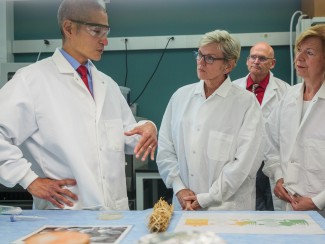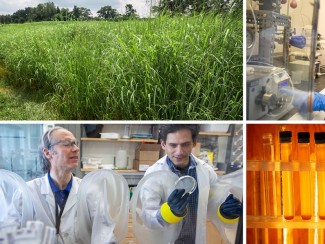The Legislature is making some minor changes to the state's renewable portfolio standards, which require that by 2015 regulated utilities provide 10 percent of their energy from green sources like wind, solar, hydro-electric, manure, and biomass.
But what the Wisconsin really needs is a major overhaul of utility regulations that would encourage utility investment in alternative energy and new technology, according to Gary Radloff, Midwest energy policy analysis director at the UW-Madison Wisconsin Energy Institute.
"We could be doing much, much more," said Radloff, who adds Wisconsin lags behind some other Midwest states in use of renewables. Minnesota law, for example, requires state utilities to produce at least 17 percent of their energy from green sources by 2016. And Iowa, which has pursued an aggressive wind energy generation policy, now gets almost 25 percent of its power from the towering wind turbines that dot the landscape, according to Rob Hillesland, a spokesman for the Iowa Utilities Board.
Overall, Radloff said Wisconsin is roughly in the middle nationally with its renewable standards. But on the West Coast, California currently mandates that utilities produce a third of their power from green sources. He said there are proposals in California to raise that figure to 50 percent in the future.
Last week the Assembly Energy and Utilities Committee passed three bills expanding power sources that qualify for the Wisconsin's renewable portfolio standard. Assembly Bill 596 would require that renewable energy credits be counted toward the standard regardless of when the source used to generate the qualifying power began operation.




